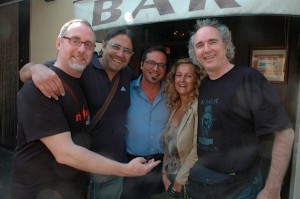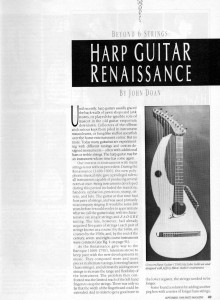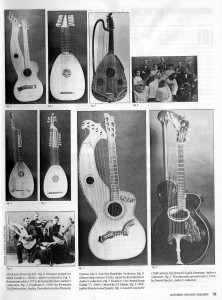I suppose if one were living life fully, each moment in each day would seem like an adventure. Travel takes me away from all that is ordinary which is no doubt extraordinary except for that I have gotten use to everything and everyone that is usually around me. Last December a fan of mine in some ways awoke me from my waking sleep when he wrote me from Moscow and inquired if I had plans of performing there in the future. My custom is to write back and explore if there are any possibilities. I then received an extraordinary response from Жилин Андрей, or should I say, Andrew Jilan who claimed that when he was fifteen he had three favorite musicians/groups that he listened to. I never dreamed that I would ever be in league with Jimi Page and Iron Maiden but there I was raised high in the pantheon of cultural icons. We skyped each other and set a week mid May for my debut concerts in Russia and perhaps for the first harp guitar concerts heard there as well.
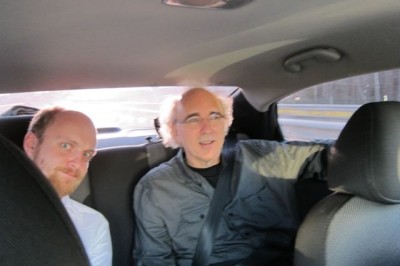 After having performed in Ukraine and Germany my wife Deirdra and I arrived on my Birthday in Moscow. Andrew had prearranged a cab – basically someone who has highjacked the family car and has found a few hours of employment (the cabbies at the airport charge several times more).
After having performed in Ukraine and Germany my wife Deirdra and I arrived on my Birthday in Moscow. Andrew had prearranged a cab – basically someone who has highjacked the family car and has found a few hours of employment (the cabbies at the airport charge several times more).
 Andrew had never received a rock star before. I didn’t know if he was being kind and shaved part of his head to emulate me or that he enjoyed looking like Vladimir Lenin but his gentle demeanor put us at ease as we rushed through the strange landscape of endless apartment structures and construction detours.
Andrew had never received a rock star before. I didn’t know if he was being kind and shaved part of his head to emulate me or that he enjoyed looking like Vladimir Lenin but his gentle demeanor put us at ease as we rushed through the strange landscape of endless apartment structures and construction detours.
Continue reading

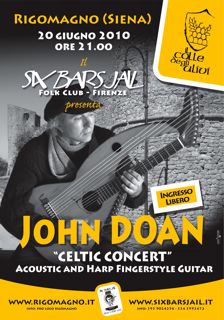 Following is an interview published after my visit and concert in Rigomagno – a thousand year old hilltop village in Tuscany, Italy. Used with permission.
Following is an interview published after my visit and concert in Rigomagno – a thousand year old hilltop village in Tuscany, Italy. Used with permission.